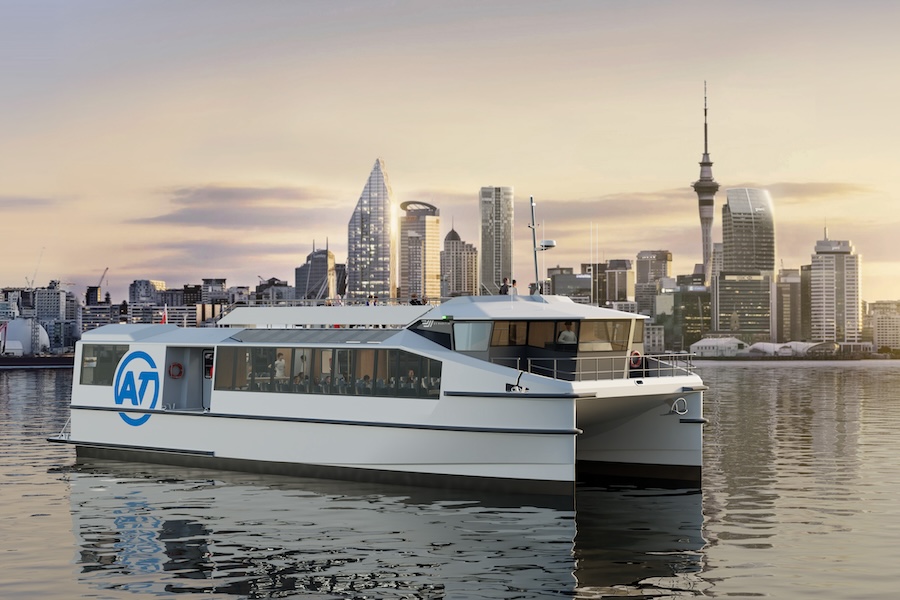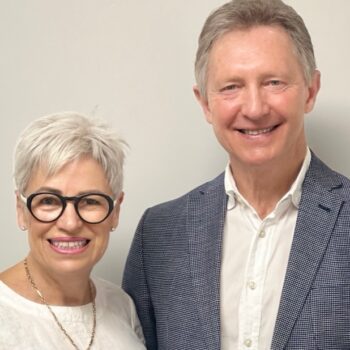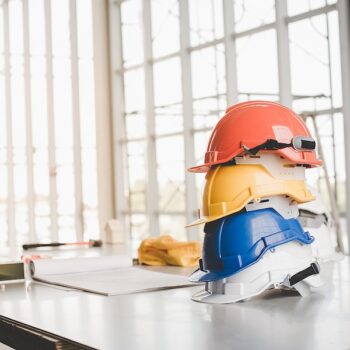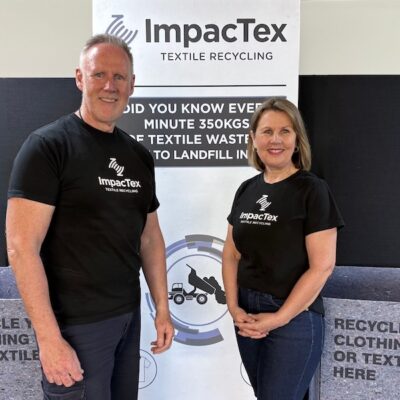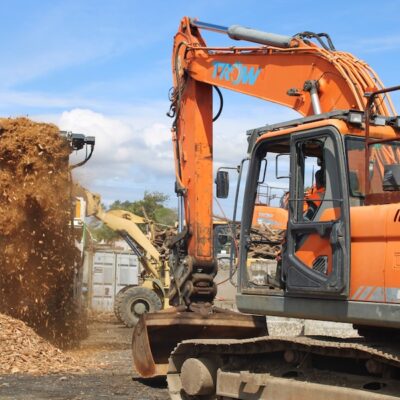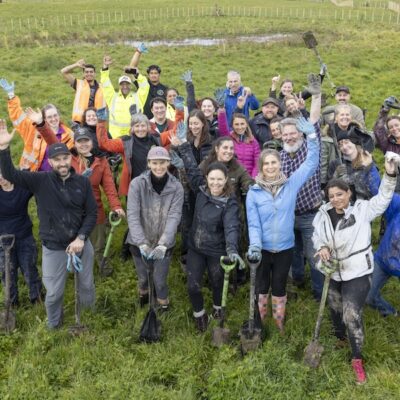Ferry world eyes EV Maritime’s electric innovations
When EV Maritime’s first electric fast-ferry graces Auckland’s Waitemata Harbour later this year, the eyes of the ferry world will be watching.
“This is the first time a major city is taking electrification into the heart of a complex, integrated ferry network – rather than just point-to-point,” says Michael Eaglen, Founder and CEO.
“Our boats will operate at high frequency, to a rigorous schedule, on long hours, with fast turnaround, on a big harbour. Auckland doesn’t have the largest ferry system but it’s big enough for the ferry world to take notice.”
No pressure, then.
Two EV Maritime ferries were commissioned by Auckland Transport in 2022 and most likely will run between Downtown and Half Moon Bay, where charging infrastructure is under construction. The vessels will re-charge at both ends for about ten minutes and achieve speeds of 25 knots for up to 200 passengers and 12 bicycles.
Ferries represent 20 percent of Auckland’s public transport emissions, burning up to 13 million litres of diesel per year, generating the equivalent of 34,000 tonnes of carbon dioxide tailpipe emissions. The two new ferries will be powered by locally generated electricity, helping to reduce fuel consumption by 1.5 million litres annually and carbon dioxide emissions by 4,000 metric tons annually.
The boats incorporate some great Kiwi innovations, such as carbon-fibre hulls (drawing on America’s Cup capability) and Hamilton Jet propulsion.
“The other significant world-first is that they charge using the new Megawatt Charging Standard which has been developed for heavy transport. This is believed to be the first marine application to use this new international standard.”
Others are following in Auckland’s wake.
Starting construction this year is an EV Maritime hybrid ferry, running 90 percent on electric, for a private charter company in Tiburon, San Francisco. Expanding into the tourism sector adds strength to the EV Maritime story – perfect for whale watching and eco-tours. It also provides confidence that EV Maritime is meeting the high standards required by the US Coastguard.
“The US has high aspirations to regain its leadership position in the maritime sector and is leaning heavily into emerging technologies such as electrification. At EV Maritime we see our role as helping shipyards become electric shipyards and supporting governments and operators to buy from them with confidence. We’ve found the US to be a market that’s very welcoming of that input.”
Enquiries and requests for proposals come to Eaglen from all parts of the globe – especially harbour cities wrestling with the herculean task of decarbonising their waterways.
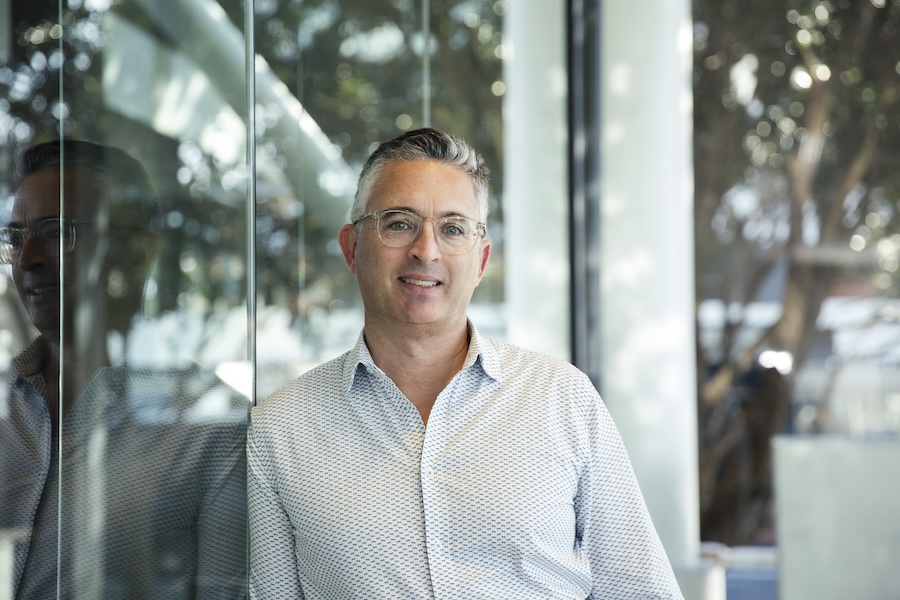
“We’ve targeted a niche – fast ferries – precisely because it’s difficult. That difficulty lies at the heart of what makes it worthwhile. Fast ferries are very energy intensive. Delivering the speed they need with an electric platform is a delicate balance between power, range and weight. But that energy intensity means that the existing diesel fleet has very high fuel and maintenance costs. Electrification offers a pathway to slash those costs. Our markets are starting to see that now, which is leading the dialogue to move from just focusing on emissions to focusing on the economic benefits of electrification.”
Even with these benefits, the higher cost of electric vessels compared with their diesel ancestors does slow adoption. EV Maritime believes that standardisation is the pathway to reducing the upfront cost of electrification. Their challenge has been to achieve this while retaining the flexibility needed to meet the diverse needs of a wide customer base.
EV Maritime’s solution is designing ‘platforms’ that can be adapted for multiple uses. “It turns out that the vast majority of the development effort and expense goes on below decks, whilst the variability in customer requirements occurs in the above deck features: deck heights, layouts and boarding locations.
“By focusing on standardising the technical backbone of the platform, then applying that to above-deck geometries to suit a customer’s own requirements, we can offer the confidence and cost efficiency of a standardised solution with all the flexibility of a custom design-and-build.”
Better by design. That sounds sustainable.

